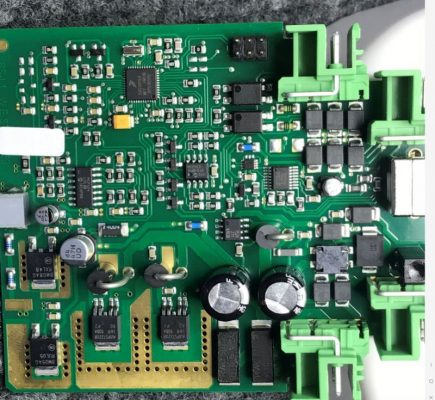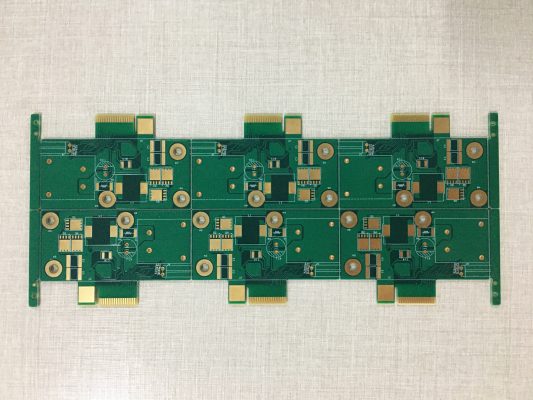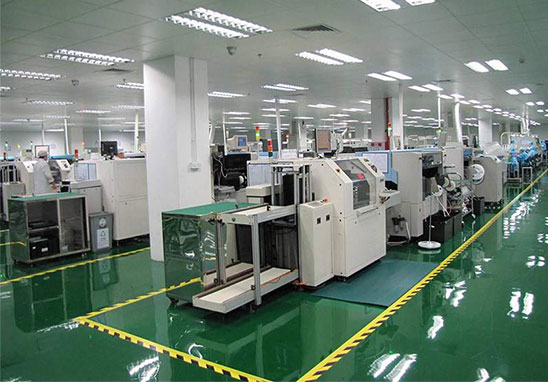
If there is a problem with the PCB board, it will increase the difficulty of the PCBA soldering process, which may eventually lead to soldering defects, unqualified boards, etc. Therefore, in order to ensure the smooth completion of the special process and facilitate the PCBA welding process, the PCB board must meet the manufacturability requirements in terms of size and pad distance.
1.PCB size
The width of the PCB (including the edge of the circuit board) must be greater than 50mm and less than 460mm, and the length of the PCB (including the edge of the circuit board) must be greater than 50mm. If the size is too small, you need to make it into a puzzle.
2.PCB board edge width
The board edge width>5mm, the board spacing <8mm, the distance between the backing board and the board edge>5mm.
3.PCB bending
Upward curvature: <1.2mm, downward curvature: <0.5mm, PCB deformation: maximum deformation height ÷ diagonal length <0.25.

4.PCB board mark points
Mark shape: standard circle, square, triangle;
Mark size: 0.8~1.5mm;
Mark material: gold-plated, tin-plated, copper and platinum;
Mark’s surface requirements: the surface is flat, smooth, non-oxidized, and free of dirt;
Mark surrounding requirements: there should be no obstacles such as green oil that is obviously different from the color of the mark within 1mm of the surrounding area;
Mark position: 3mm or more from the edge of the board, and no marks such as vias, test points, etc. are allowed within 5mm.

5.PCB pads
There are no through holes on the pads of SMD components. If there is a through hole, the solder paste will flow into the hole, causing the tin in the device to decrease, or the tin flowing to the other side, causing the board surface to be uneven and the solder paste cannot be printed.
When conducting PCB design and production, it is necessary to understand some PCB soldering process knowledge in order to make the product suitable for production. First, understanding the requirements of the processing plant can make the subsequent manufacturing process smoother and avoid unnecessary troubles.
The above is the requirement of PCBA soldering processing for PCB board. When producing PCB boards, we should not slack off. Only by producing high-quality PCB boards can PCB boards better accept other special processes, give them life and inject the soul of functionality.

